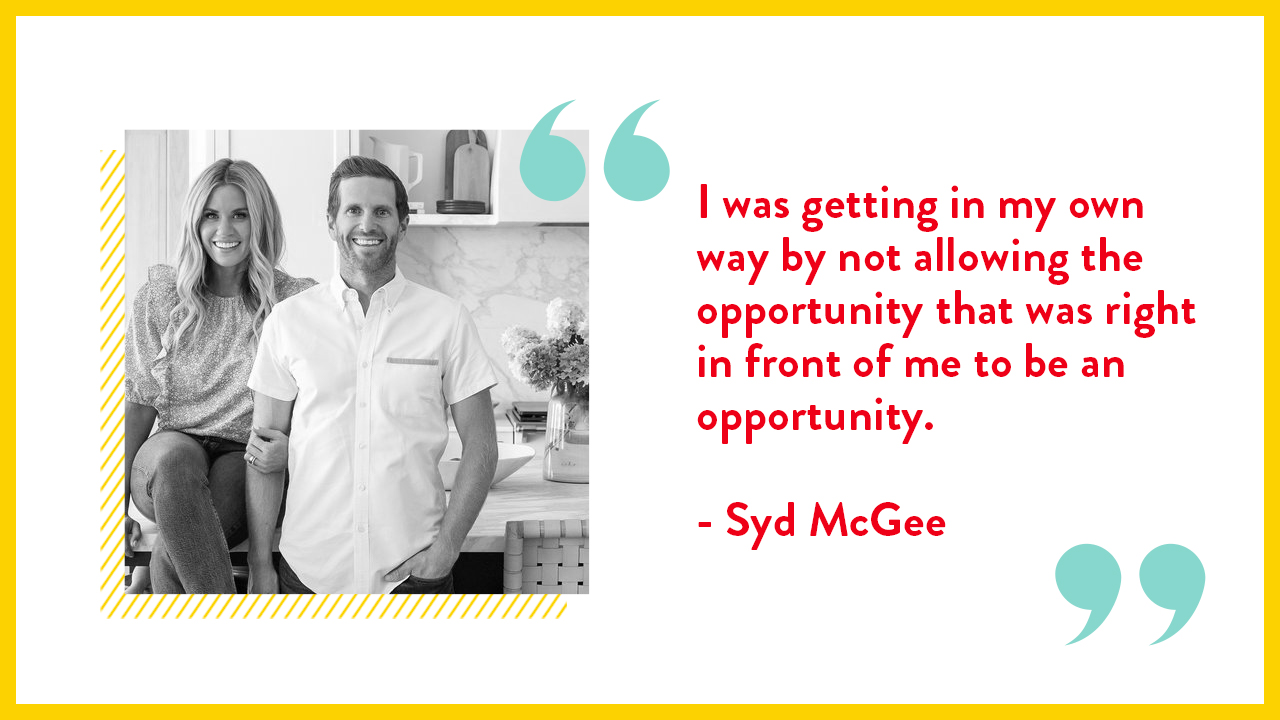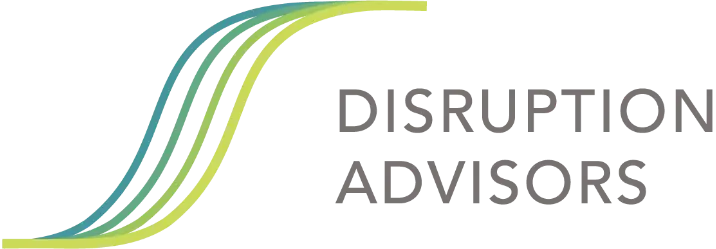A decade ago, when I was still investing, people would ask me, “Have you thought about becoming a coach?” Not infrequently, a person who was trying to figure out what to do with their career or life would come to me for advice. I didn’t think much about doing this; it was just something that I did. Often it was helpful. Though I do remember one friend quipping, “I’m avoiding Whitney because I need to make a change and if I talk to her, she’ll dare me to do something with my dream.”
When I didn’t have anything to think about, I wasn’t thinking about the next stock to buy, or company to invest in; I was strategizing how to help the people around me build momentum––how to help them achieve their dream.
You would think that when people suggested I become a coach, and they wanted to pay me to coach them, I would have said, “Thank you for helping me identify my strengths. I’m on it.” Instead I resisted.
“No, no. I’m not a coach. I’m an investor.” As a woman with a music degree, I’d worked hard to be successful on Wall Street. How could I pull myself out of the game? I enjoyed my identity as an investor, so some ego was definitely involved. And if coaching came so easily to me, how could it be of equal value? In disruption parlance, was I willing to step back in order to grow?
We are wired to think more highly of expertise that is hard won, through education and/or experience, and to think less of our native abilities that need only fine-tuning rather than a full overhaul, to be useful. However, we usually offer our greatest value, when we play to our distinctive strengths.
I thought of the ambivalent beginning to my coaching career as I interviewed Syd and Shea McGee for this week’s podcast. Shea loved design and was building a business. At the same time her husband Syd, had recently quit a digital marketing agency. He’d maxed out on that S Curve and was looking around for what he might do next. In the interim, he kept discovering business issues that Shea needed to solve, so he would jump in and solve them.
Shea, having a communications background, understood how to market her designs; she built a following. Syd knew how to operate a business and build a brand. He could amplify what Shea was doing. He was very good at operations. But there was ambivalence about working “for” his wife. Something that a lot of society still isn’t comfortable with.

What if he hadn’t taken what he then perceived to be a step back? Would Studio McGee be what it has become – with 1.4 million Instagram followers, a thriving e-commerce business, a line with Target, and a Netflix show, Dream Home Makeover?But with some discussion, some necessity (the business needed him), and a reframing of the situation from “I’m uncertain about making this ‘helping out’ my actual profession” to “This is something we can build together,” Syd was willing to make the leap.
There’s a great case study here in at least one way we can find our next, best S Curve.
What compliments do you field from others? What do they tell you you’re good at—distinctively good at? What do you do that people might be willing to pay you to do?
If there’s been an identity reluctance holding you back, is there a way you could frame your talent so that it does accord with your identity—the one you currently have, or the one you would like to have? Is there a niche you could assume where others aren’t yet playing? If a step back is involved, can you bring yourself to do that?
Trust me, when we climb the right curve, momentum will follow.
As always, thank you for being here.
My best,
Whitney
Now, for some fun! We have 10 signed copies of Syd and Shea’s new book, Make Life Beautiful, available to you. Go to Instagram and follow me @johnsonwhitney and tag @studiomcgee.
Tell us what you liked about the podcast episode. You will be eligible. Also, you can hear the full interview with Syd and Shea McGee here.

Unsubscribe | Update your profile | 60 Rose Farm Hill Lane, Lexington, VA 24450

